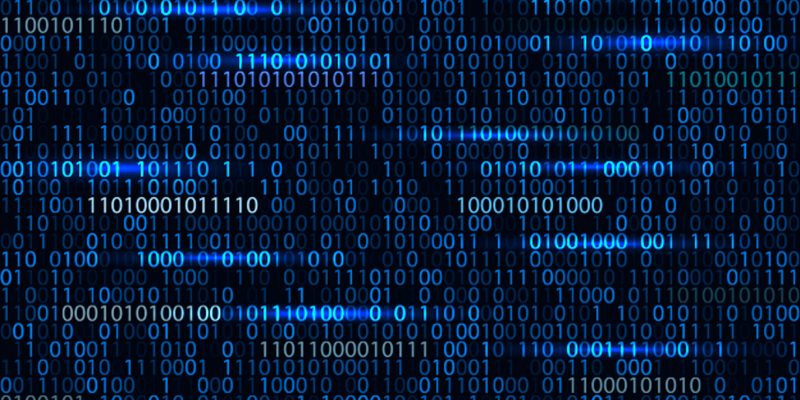We explain what a byte is, the origin of the term and what it is for. Also, some characteristics and its measurement scale.

What is a byte?
The basic unit of information used in computing and telecommunications is known as a byte. equivalent to a regular ordered set of bits (binary code), generally stipulated in 8. That is to say: 8 bits are equivalent to a byte, but this amount can be altered, so a byte is actually equivalent to n ordered bits. This unit does not have a conventional symbol for representation, but in some countries the letter B is used.
The origin of this term is assumed to be in the English acronym of Binary Tuple o Binary tuple, which is equivalent to an ordered sequence of binary elements.
However, the phonetic similarity of byte with bite (“bite” or “bite” in English) also meant its use since it was the minimum amount of data that could be fed to a system at a time (the minimum amount that could “bite”).
Regarding the amount of information that a byte represents, consider that it takes approximately 8 bits to represent one letter in the binary code of most commercial computer systems today, that is: one byte is equivalent to one letter so an entire paragraph may exceed 100 B, and a very short text will reach the next higher unit, the kilobyte (1024 B = 1 kB).
From then on, a whole scale of measuring the amount of digital information begins, as follows (in accordance with the ISO/IEC 80000-13 standard):
- 1024 B = 1 kB (one kilobyte, equivalent to a very short text)
- 1024 kB = 1 mB (one megabyte, equivalent to a complete novel)
- 1024 mB = 1 gB (one gigabyte, equivalent to an entire library shelf full of books)
- 1024 gB = 1 tB (one terabyte, equivalent to an entire small library)
- 1024 tB = 1 pB (one petabyte, equivalent to the amount of data handled by Google per hour in the world)
- 1024 pB = 1 eB (one exabyte, equivalent to the weight of all the information on the Internet at the end of 2001).
Bytes and their higher measurements are also often used to measure the storage capacity of digital memory devices or data transfer rates through computer networks of various types.
See also: Database





